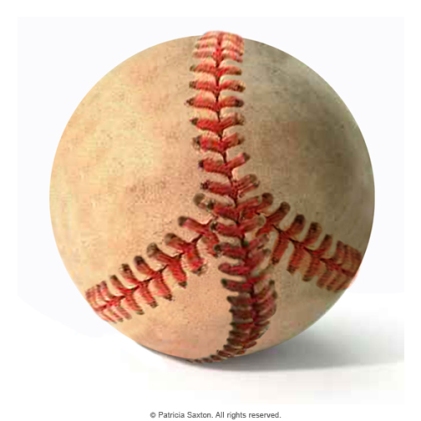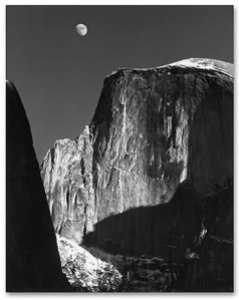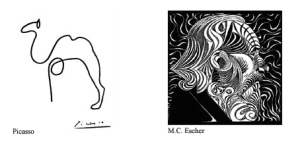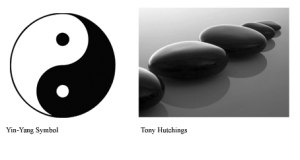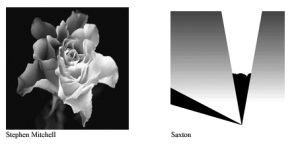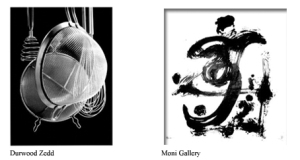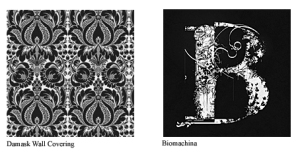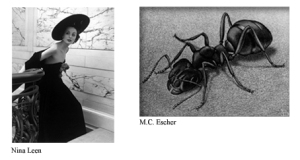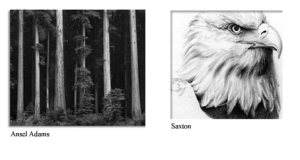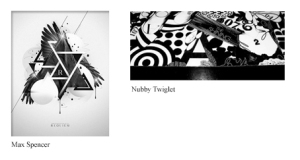Maybe it’s because it’s the end of a work week, but my head is really beginning to swirl. I just received some “must-have” information about LinkedIn – you probably know it, the online networking tool touting more than 20 million experienced professionals and ways to discover inside connections and potentially expand your business in untold ways. And the information I just received is intended to share all the fantastic ways you can make the most of the LinkedIn environment.
But I’m feeling struck by a seemingly raging river of marketing advice out there – mostly the marketing about marketing variety. And everybody, their uncles and maybe even their pets, are jumping on the bandwagon – make that rafts – and make that plural, rafts. I’m not making a negative judgment, because it is what it is, and probably needs to be what it is, but sometimes I get what I’ll call a “New York City” feeling: a sense of stimulation overload.
In this case it also arrives with a sensation similar to desperation, or perhaps anxiety – in the form of a message implying that if you don’t do these things you will not succeed. So you must do these things, and that is that. Join or lose. Fight and wriggle for your place amongst the million others vying for virtual attention. Do, do, do. Share, share, share. Express profundities and hope to be found. Blog it, video it, radio-blog it, webinar it, get the edge. Be everywhere. And the claims are promising; if you do this, and do that, and then do enough of that and that – and if you do all that over and over again – you’ll eventually hit gold.
Don’t get me wrong; the internet is a mind-boggingly wonderful medium. The opportunities for learning and the possibilities for connecting are pretty staggering. But once you dive in to the pool of all-the-marketing-you-need-to-be-doing, it can take a toll on not only your time, but may also take a little piece of your sanity. It’ll swallow you up if you don’t take a healthy break.
This raging river is partly because, of course, no one really needs to see anyone. They can work wherever. But the hope, of course, through all of this internet marketing-you-need-to-be-doing-so-you’re-not-left-behind, is that you do connect, and maybe you will meet, and in the end everyone can make wads of money and live happily ever after. I get that. I also get that people are yearning for connection.
Normally I love learning new tools, finding new and better ways to do things. So, call it Friday afternoon blues, semi brain-dead from filtering through all this stuff … but the onslaught of marketing to-do’s leaves me feeling compelled to simply avoid the frenzy, and approach it more from a zen-like place. Using the Chicken Soup mindset, or The Secret, or a Power of the Subconscious Mind place.
That’s where I’ll be this long-weekend. Not marketing, but “knowing”. Letting the zen of knowing take over, while digging my hands into a delicious bit of garden earth with joyful mindlessness – in between, of course, working feverishly on the illustrations for my next children’s book. (there; was that a good, if not round-about, touch of self-marketing?)
In the end, I know it’s smart to do both – the zen and the marketing. You have to pull back now and then, reflect, affirm your ground and define your goals. But you also have to “do the work”, and be a part of the changing way things are done.
Virtually speaking, that is.
And, yes, by the way, I am on LinkedIn. (Isn’t everyone?)




